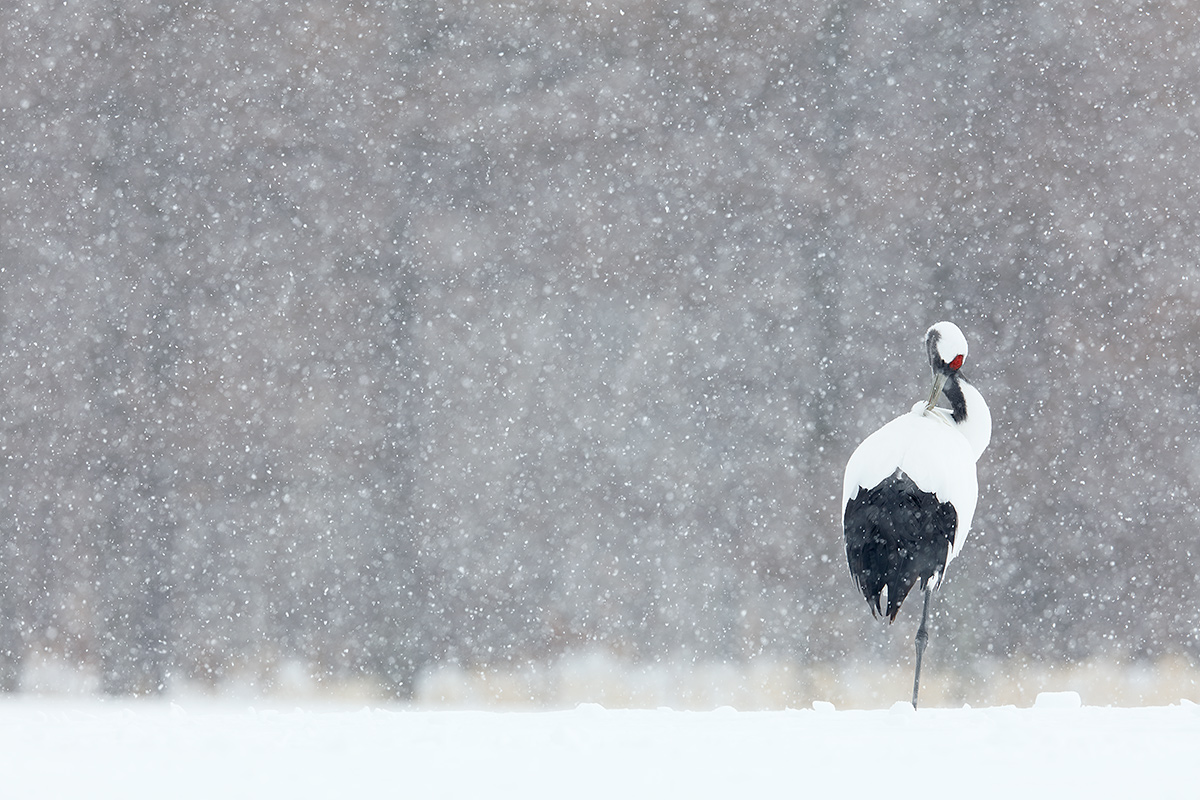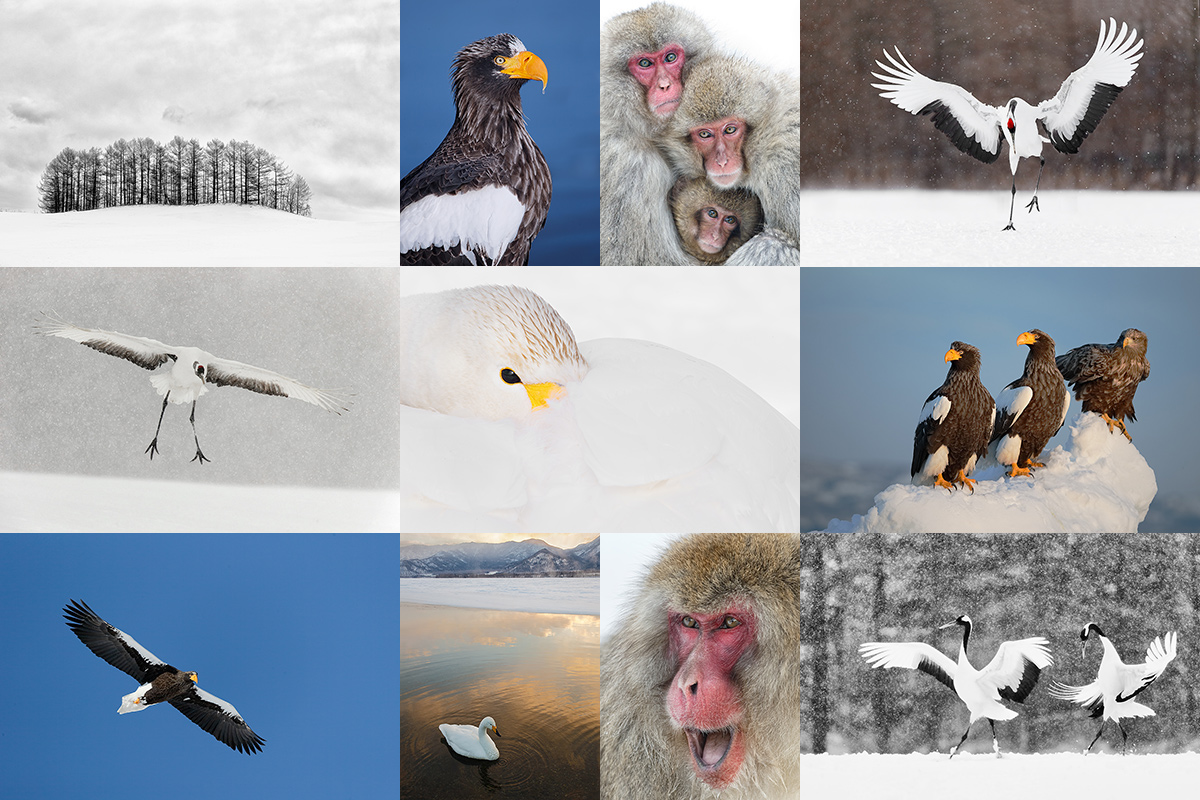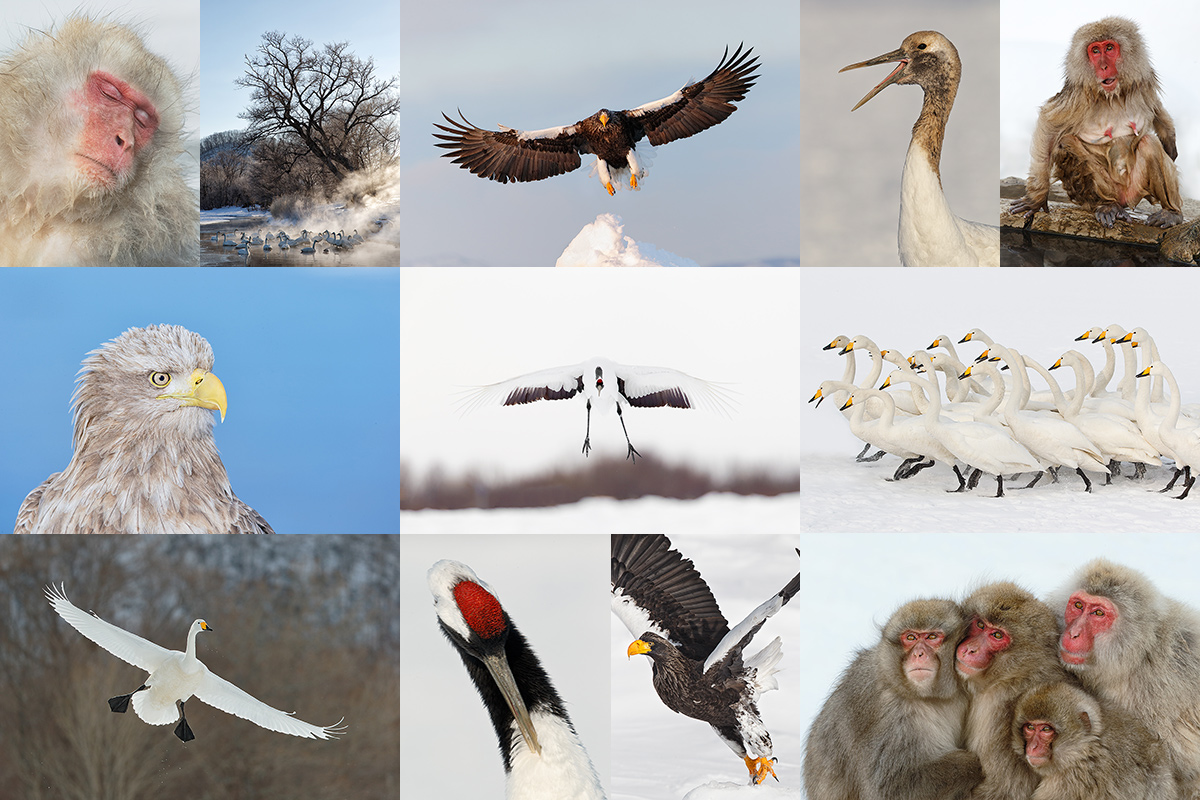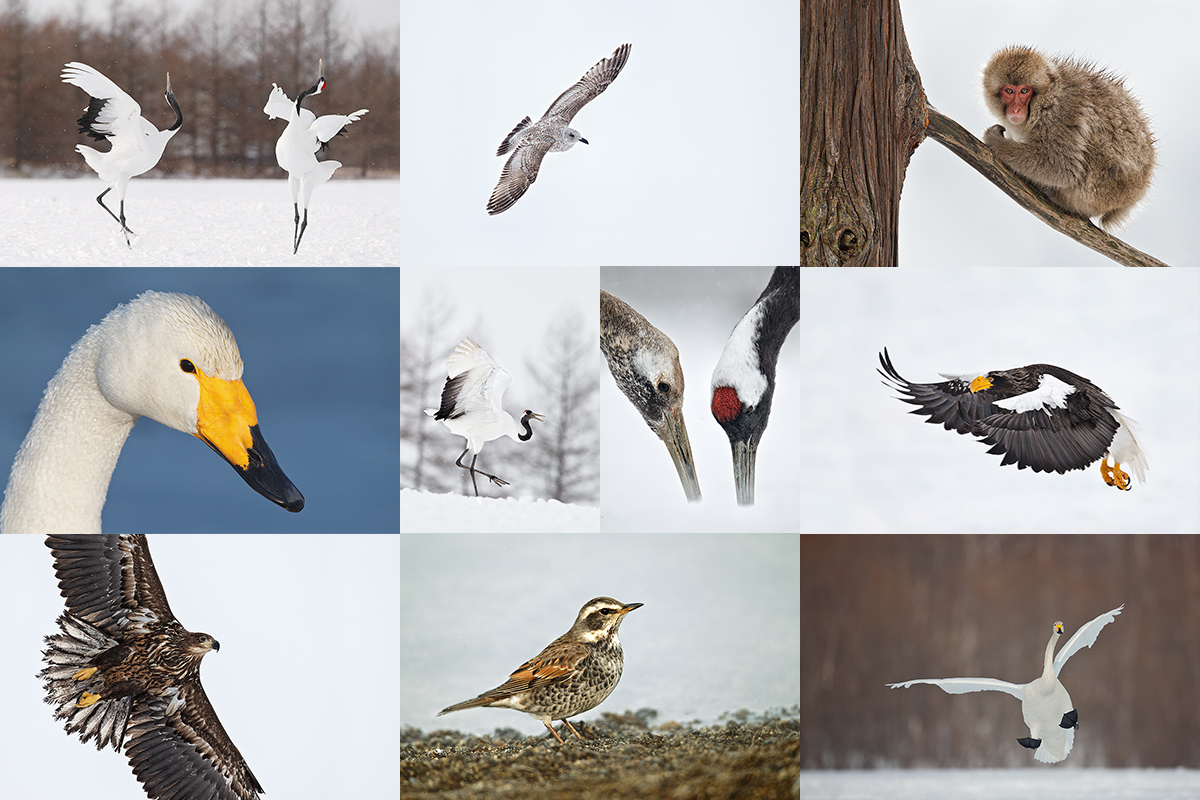What’s Up?
I am somewhere in South America. I hope that you are well. Jim and Jen are at the office most days to help you with your mail order needs and Instructional Photo-Tour sign-ups. I still need folks for San Diego, Japan, Galapagos, the Palouse, and the Bear Boat (Grizzly Cubs) trips. Among others 🙂 Please e-mail for couples and discount info for all of the above. Click here for complete IPT info.
I will have intermittent internet access for the rest of my South American adventure. I get back home late on December 25, 2016. Best and great picture making, artie
Gear Questions and Advice
Too many folks attending BAA IPTs and dozens of the folks whom I see in the field, and on BPN, are–out of ignorance–using the wrong gear, especially when it comes to tripods and more especially, tripod heads… Please know that I am always glad to answer your gear questions via e-mail.
The Streak: 383!
Today’s blog post marks a totally insane, irrational, illogical, preposterous, absurd, completely ridiculous, unfathomable, silly, incomprehensible, what’s wrong with this guy?, makes-no-sense, 383 days in a row with a new educational blog post. There should be no end in sight until my big South America trip next fall. Or not… As always-–and folks have been doing a really great job recently–-please remember to use our B&H links for your major gear purchases. For best results use one of our many product-specific links; after clicking on one of those you can continue shopping with all subsequent purchases invisibly tracked to BAA. Your doing so is always greatly appreciated. Please remember: web orders only. And please remember also that if you are shopping for items that we carry in the new BAA Online Store (as noted in red at the close of this post below) we would appreciate your business.
|
This image was created on the 2016 Japan in Winter IPT with the Induro GIT 304L/Mongoose M3.6-mounted Canon EF 600mm f/4L IS II USM lens, the Canon Extender EF 1.4X III, and the mega mega-pixel Canon EOS 5DS R. ISO 200! Evaluative metering +2/3 stop: 1/125 sec. at f/11. AWB. Center AF point/AI Servo Expand/Rear Focus AF on the bird’s bill and re-compose. Click here to see the latest version of the Rear Focus Tutorial. Click on the image to see a larger version. Japanese Red-crowned Crane in snow on ridge |
More Simplicity, bordering on minimalism
Here is another simple image with the bird small in the frame. This one shows lots of habitat and lots of snowflakes. Motifs such as this can be very powerful. Again, be sure to get the subject well out of the center of the frame for best results. Behind the woods in this image is the lodge that we stay in for the Japan in Winter IPT. Join us and enjoy the snow.
A really tough ISO question …
Why ISO 200? Please be specific.
|
Consider joining me in Japan in February, 2017, for the world’s best Japan in Winter workshop. Click on the card to enjoy the spectacular larger version. |
Japan In Winter IPT. February 9-24, 2017: $11,499 (was $13,999)/double occupancy. Limit 8/Openings: 3.
Price Reduced $2,500 on 3-8-16!
All lodging including the Tokyo hotel on 9 FEB, all breakfasts & dinners, ground transport and transfers including bus to the monkey park hotel, and all entrance fees and in-country flights are included. Not included: international flights, all lunches–most are on the run, and alcoholic beverages.
Please e-mail for couple and IPT repeat customer discount information.
This trip is one day longer than the great 2014 trip to allow for more flexibility, more time with the cranes, and most importantly, more time for landscape photography. Hokkaido is gorgeous. You will enjoy tons of pre-trip planning and gear advice, in-the-field instruction and guidance, at-the-lodge Photoshop and image review sessions in addition to short introductory slide programs for each of the amazing locations. Skilled photographer Paul McKenzie handles the logistics and we enjoy the services of Japan’s best wildlife photography guide whom I affectionately call “Hokkaido Bear.” His network of local contacts and his knowledge of the weather, the area, and the birds is unparalleled and enables him to have us in the best location every day.
|
Amazing subjects. Beautiful settings. Nonstop action and unlimited opportunities. Join me. |
The Logistics
Arrive Tokyo: 9 FEB 2017 the latest. 8 FEB is safer and gives you a day to get acclimated to the time change. Your hotel room for the night of the 9th is covered.
Bus Travel to Monkey Park Hotel: 10 FEB: A 1/2 DAY of monkey photography is likely depending on our travel time… This traditional hotel is first class all the way. Our stay includes three ten course Japanese dinners; these sumptuous meals will astound you and delight your taste buds. There are many traditional hot springs mineral baths (onsens) on site in this 150 year old hotel.
Full Day snow monkeys: FEB 11.
Full Day snow monkeys: FEB 12.
13 FEB: Full travel day to Hokkaido/arrive at our lodge in the late afternoon. The lodge is wonderful. All the rooms at the lodge have beds. Bring your warm pajamas. A local onsen (hot springs bath and tubs) is available for $5 each day before dinner–when you are cold, it is the best thing since sliced bread. The home-cooked Japanese styles meals at the lodge are to die for. What’s the best news? Only a small stand of woods separates us from the very best crane sanctuary. During one big snowstorm we were the only photo group to be able to get to Tsurui Ito; we had the whole place to ourselves in perfect conditions for crane photography!
FEB 14-23: Red-crowned Crane, raptors in flight, Whooper Swans, and scenic photography. Ural Owl possible. An overnight trip to Rausu for Steller’s Sea Eagle and White-tailed Eagle photography on the tourists boats is 100% dependent on the weather, road, and sea ice conditions. Only our trip offers complete flexibility in this area. It has saved us on more than once occasion. The cost of 2 eagle-boat trips is included. If the group would like to do more than two boat trips and we all agree, there will be an additional charge for the extra trip or trips. No matter the sea ice conditions, we will do two eagle boat trips (as long as we can make the drive to Rausu; it snows a lot up there). We have never been shut out.In 2016 there was no sea ice but our guide arranged for two amazingly productive boat trips.
Lodging notes: bring your long johns for sleeping in the lodge. At the Snow Monkey Park, and in Rausu, the hotel the rooms are Japanese-style. You sleep on comfortable mats on the floor. Wi-fi is available every day of the trip.
FEB 24. Fly back to Tokyo for transfer to your airport if you are flying home that night, or, to your hotel if you are overnighting. If you need to overnight, the cost of that room is on you.
|
Life is short. Hop on the merry-go-round. |
To Sign Up
To save your spot, please send your $5,000 non-refundable deposit check made out to “Birds as Art” to Arthur Morris/BIRDS AS ART, PO Box 7245, Indian Lake Estates, FL 33855. I do hope that you can join me for this trip of a lifetime. Do e-mail with any questions or give me a buzz at 863-692-0906.
Purchasing travel insurance within 2 weeks of our cashing your deposit check is strongly recommended. On two fairly recent Galapagos cruises a total of 5 folks were forced to cancel less than one week prior to the trip. My family and I use Travel Insurance Services and strongly recommend that you do the same.
Please Remember to use my Affiliate Links and to Visit the New BAA Online Store 🙂
To show your appreciation for my continuing efforts here, we ask, as always, that you get in the habit of using my B&H affiliate links on the right side of the blog for all of your photo and electronics purchases. Please check the availability of all photographic accessories in the New BIRDS AS ART Online Store, especially the Mongoose M3.6 tripod head, Wimberley lens plates, Delkin flash cards and accessories, and LensCoat stuff.
As always, we sell only what I have used, have tested, and can depend on. We will not sell you junk. We know what you need to make creating great images easy and fun. And we are always glad to answer your gear questions via e-mail.
I would of course appreciate your using our B&H affiliate links for all of your major gear, video, and electronic purchases. For the photographic stuff mentioned in the paragraph above we, and for everything else in the new store, we, meaning BAA, would of course greatly appreciate your business. Here is a huge thank you to the many who have been using our links on a regular basis and those who will be visiting the New BIRDS AS ART Online Store as well.
Be sure to like and follow BAA on Facebook by clicking on the logo link upper right. Tanks a stack!
Typos
In all blog posts and Bulletins, feel free to e-mail or to leave a comment regarding any typos or errors. Just be right 🙂


















If it’s not about Dynamic Range and since the specific telephoto is ultra sharp fully open even with 1.4XIII teleconverter (so there is no need to stop down to increase sharpness) I can think of two other things:
1. To have no vignetting. Your subject is close at the edge and there also is snow from full left to full right. Vignetting would make it a little darker at the edges (although this lens does not have much vignetting and it can be corrected in post).
2. To change how background is blurred so as to show snow better. So you closed down to f/11 and you set shutter speed at 1/125 enough to stop movement but not too high so as to keep ISO low enough . ISO has been chosen as a result of available light, f/11,1/125 and +2/3 Exp Comp.
Expose thoughts: F11 to get the desired depth of field, both the bird and enough falling snow.
1/125 shutter speed to get the falling snow to look the perfect falling.
ISO 200 because you picked 2 of the 3 exposure factors, now you have to do what you have to do!
Some folks are right on it. Do understand that at that distance, i.e., far, that the difference in d-o-f at between f/8 and f/11 would be a non-factor…
Also, I have never seen diffraction even at f/22 with a telephoto lens. Mr. Lepp says that it too is a non-factor.
Dynamic range is also a non-factor 🙂
later and love, artie
You wanted f11 for perfect sharpness and 1/125 sec for just the right amount of movement in the snow. Dropping to ISO100 would get you 1/60 which might be too blurry/too much movement in the falling snow.
I thought “Why f11?”. In such light I thought you would need all the shutter speed you could get and at this distance wide open should have been OK. SO – you WANTED a slower shutter for the effect you were after. I think I am probably “off piste” on this one!
Because the subject is small in the frame, using a high ISO could degrade the detail of the small subject with the introduction of noise. The extra noise wouldn’t be noticeable in the snow fall, but the subject would not be clean at all. Of course with a higher ISO, you would have a higher shutter speed which might ensure a sharp shot, but you don’t really need the speed since you’re on a tripod and the subject is stationary. Might as well go for the cleanest image possible (low ISO). I’m sure you had a number of throw away shots at 1/125, but you only need one good one!
200 it is the lowest ISO in Highlight Tone Priority mode. The scene had extreme highlights and shadows. Canon changes the way raw file is “cooked’ saving more highlights in expense of a little more noise in shadows which are not much in this photo anyway.
As dynamic range varies inversely with ISO, 200 will improve detail in this scene which has very dark and very light areas, while minimizing noise. Using HDR mode might have been an option, though the snowflakes could have been less distinct.
I agree with Peter, with the small tweak that I think you chose f/11 to render the OOF background the way you wanted it; sharpness of the bird would have been just fine at f/8
Hi Artie!
I think that only at, or close to, base ISO you are able to get enough dynamic range so that details both in the white and black are visible.
There are three variables in a photographic exposure – aperture, shutter speed and ISO. You chose the aperture because you wanted sufficient depth of field to render all of the bird sharply, without bringing up too much detail in the background, and without getting into diffraction starting to degrade sharpness. You chose the shutter speed to give a little movement in the snow flakes, without going slower so as to get snow streaks. That meant that the ISO had to be chosen so as to get the overall exposure (ETTR) correct.